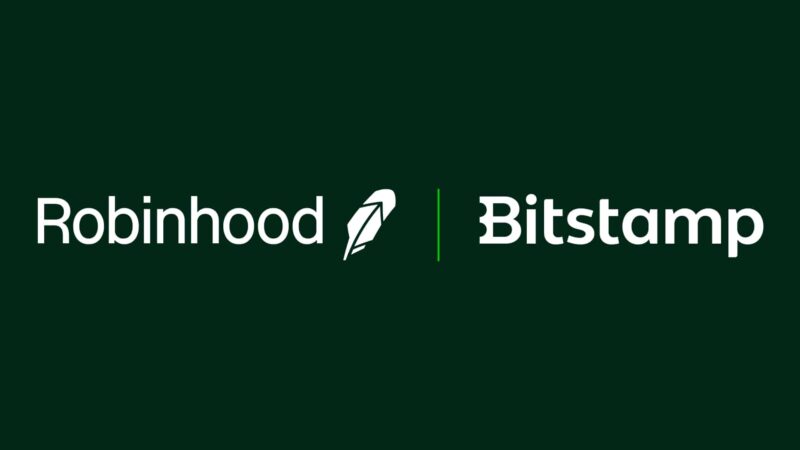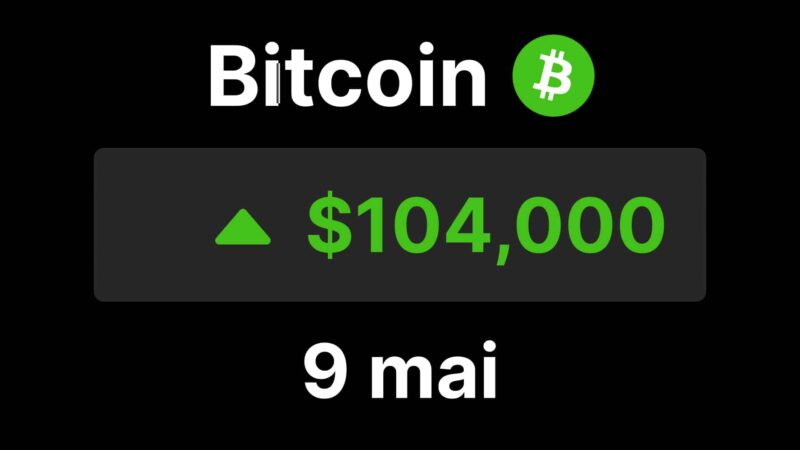Two months after teetering on the brink of chaos, the HLP part of HyperLiquid is making a stunning comeback. This vault, which allows users to generate yield by providing liquidity to the order book, has surged from $150 to $420 million. A remarkable performance, especially considering it comes right after one of the biggest price manipulation scandals in recent months.
The HLP Vault of HyperLiquid Back to $420 million in 2 Months
In March, the manipulation of the JELLY token price nearly sank the ecosystem. A user exploited oracles to artificially inflate the price to $0.50, while the actual value collapsed. The vault ended up with a $13.5 million loss. HyperLiquid had to intervene urgently: trading halted, forced settlement at $0.0095, and widespread loss of confidence.
The impact was severe. The protocol’s TVL plummeted from $510 to $150 million. The native HYPE token dropped 20% in just a few days. The word ‘centralization’ began to circulate, and concerns about the vault’s risks in the event of massive liquidations became apparent.
The JELLY Fiasco: A Turning Point… and Restart
A derivatives trader unintentionally reignited the engine. James Wynn, unknown to the public a few weeks earlier, caught the market’s attention by publishing his massive positions, earning and losing over $100 million on HyperLiquid in a few days.
His activity in the tens of millions served as a real-life crash test for the protocol’s infrastructure. No significant slippage, no liquidity issues. The result: confidence returned. Deposits started flowing again, TVL rose by over $250 million, and HYPE regained 72% in the last 30 days.
13.42% Yield: A Challenge to Restaking
Today, the HyperLiquid HLP vault boasts an annual yield of 13.42%, in stablecoins, well above the most prominent restaking protocols. This performance is attracting a new wave of users, seduced by a product that is both simple and generous, despite its recent scars.
If the JELLY crisis exposed some vulnerabilities of the protocol, it also served as a catalyst to test its resilience. And so far, the market’s response has been unequivocal.




